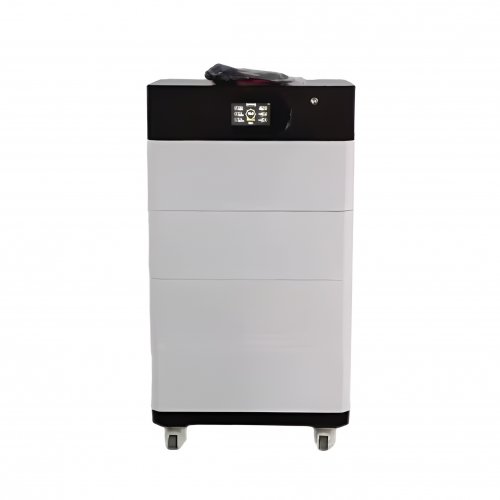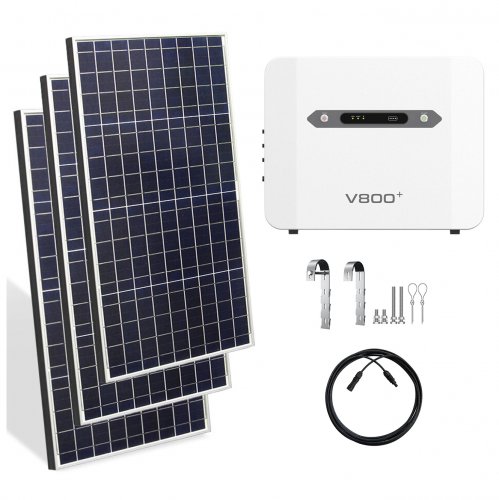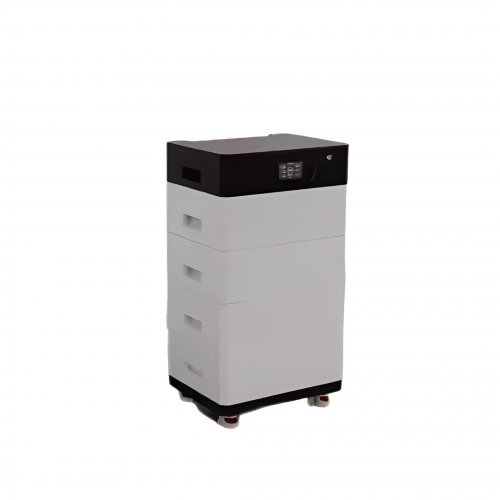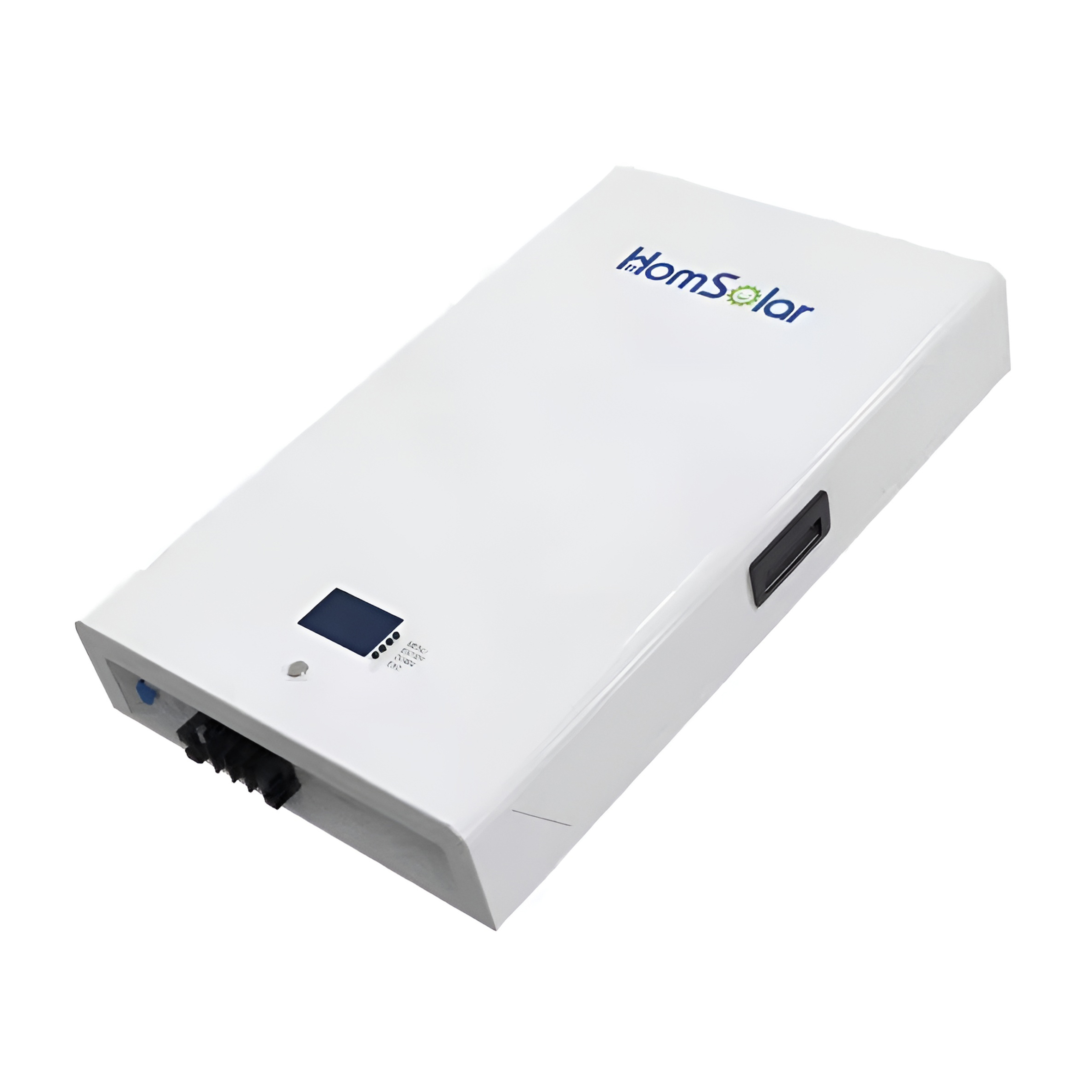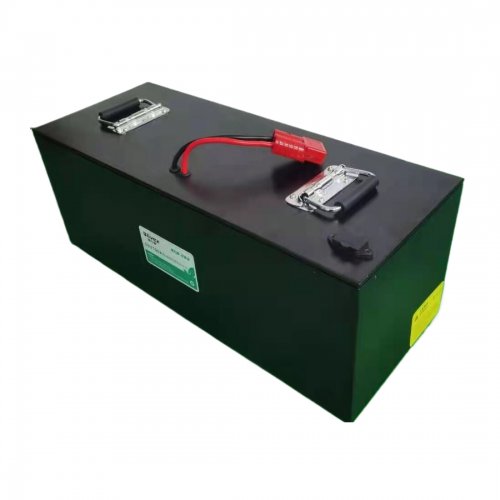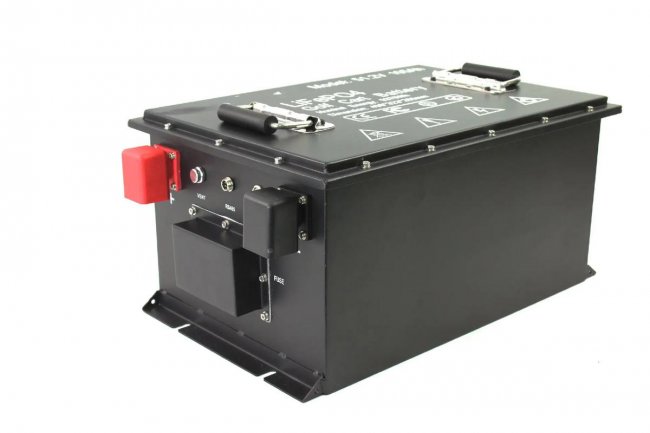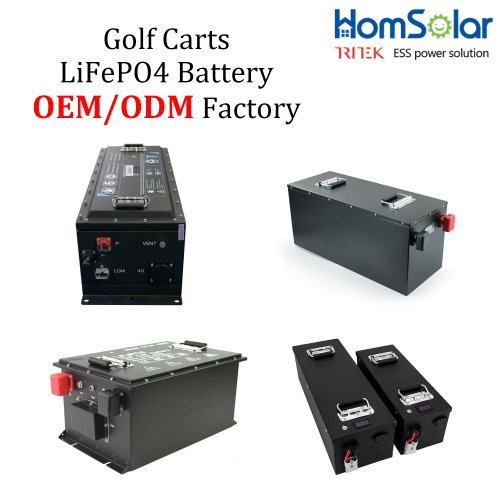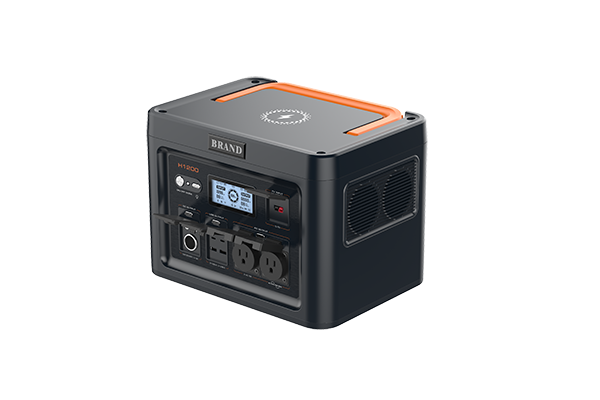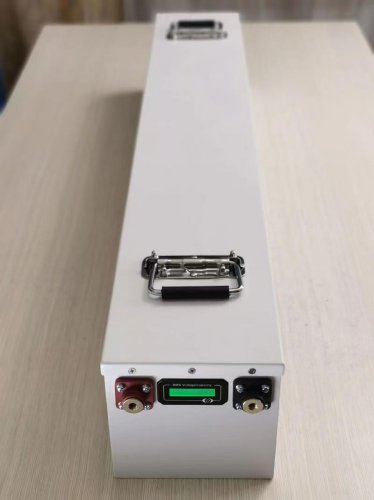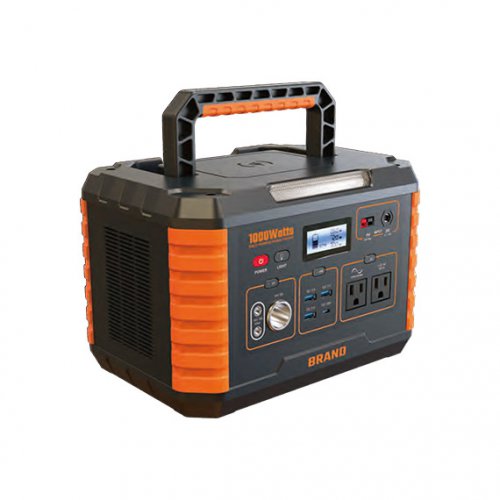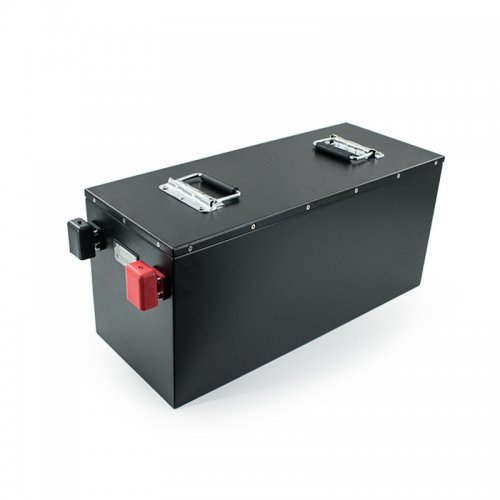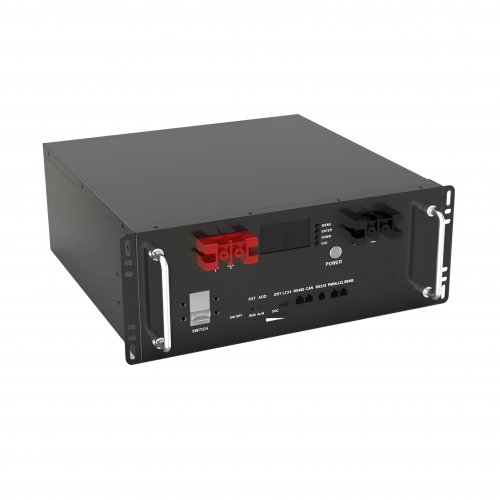Advances In Lithium Diffusion: Unlocking Next-generation Energy Storage Through Interfacial Engineering And Atomic-scale Insights
The relentless pursuit of higher energy density, faster charging capabilities, and longer cycle life in lithium-ion batteries (LIBs) hinges on a fundamental physical process: lithium diffusion. The rate at which Li+ ions can traverse electrode materials and cross interfaces directly dictates the power performance and efficiency of the entire device. Recent years have witnessed a paradigm shift in the research on lithium diffusion, moving from a bulk-centric view to a sophisticated understanding and engineering of interfaces, defects, and local environments at the atomic scale. This article explores the latest breakthroughs in enhancing and understanding lithium diffusion, highlighting the critical role of advanced characterization and computational modeling in propelling the field forward.
The Interphase: From Passive Barrier to Active Conduit
A primary bottleneck for Li+ diffusion has long been the Solid-Electrolyte Interphase (SEI). Traditionally viewed as a necessary but resistive layer formed on anode surfaces, the SEI is now recognized as a dynamic, complex structure whose properties are paramount. Recent research has focused on designing artificial SEI layers to replace or modify the native, often inefficient, one.
A significant breakthrough involves the use of mechanically robust and ionically conductive artificial interphases. For instance, Liu et al. (2023) demonstrated an ultra-thin, hybrid LiF-rich SEI engineered using a fluorinated electrolyte additive. This layer exhibited high interfacial energy and superior ionic conductivity, facilitating unprecedentedly fast Li+ diffusion across the anode-electrolyte interface and enabling stable cycling of high-energy lithium metal anodes. Similarly, the concept of "hybrid interphases" combining inorganic components (e.g., Li3N, LixPOy) for fast Li+ transport and organic polymers for flexibility has gained traction, effectively suppressing dendritic lithium growth by ensuring uniform Li+ flux.
On the cathode side, the interface between the active material and the liquid electrolyte is equally critical. Cathode-Electrolyte Interphases (CEI) formed on high-voltage cathodes like LiNixMnyCozO2 (NMC) and Li-rich layered oxides often degrade during cycling, leading to transition metal dissolution and oxygen release, which further impede Li+ diffusion. Coating cathode particles with stable oxides (e.g., Al2O3, Li2ZrO3) or phosphates has been a common strategy. A recent innovation by Chen and colleagues (2024) involved anin-situformed Li3PO4-LiBO2 glassy CEI via a novel boron-based electrolyte additive. This glassy layer not only provided exceptional stability against oxidative decomposition at voltages above 4.5 V but also created a percolating network for rapid Li+ surface diffusion, significantly reducing charge-transfer resistance and capacity fade.
Probing Dynamics at the Atomic Scale
Understanding diffusion mechanisms requires tools that can observe Li ions directly, a formidable challenge given lithium's low atomic number. The advent and refinement of advanced characterization techniques are now providing unprecedented insights.In-situandoperandosolid-state Nuclear Magnetic Resonance (ssNMR) spectroscopy has emerged as a powerful tool for quantifying Li+ dynamics in real time. By applying pulse sequences like Exchange Spectroscopy (EXSY), researchers can now measure Li+ hop rates between different crystallographic sites within a material or even across an interface, providing direct experimental validation of computational models.
Similarly, the application ofin-situTransmission Electron Microscopy (TEM), especially with cryogenic stages (cryo-TEM), has revolutionized our view of the SEI. It has revealed its nanoscale mosaic structure, comprising nanocrystalline inorganic phases embedded in an amorphous organic matrix. By correlating the microstructure with electrochemical performance, scientists are learning how specific SEI compositions and morphologies dictate Li+ diffusion pathways. For example, a recent cryo-TEM study by Chen et al. (2023) showed that a dense, inorganic-rich inner SEI layer is crucial for facilitating uniform Li+ diffusion, while a porous outer layer allows for electrolyte permeation.
Complementing these experimental advances, computational methods, particularlyab initiomolecular dynamics (AIMD) and machine learning (ML)-driven potential models, are simulating Li+ diffusion with remarkable accuracy. These simulations can predict diffusion barriers, identify preferred migration pathways, and screen thousands of potential materials for high ionic conductivity. A notable study by Chen et al. (2024) used a combination of AIMD and deep neural network potentials to elucidate the role of anti-site defects in LiFePO4. They discovered that certain defect configurations can create "percolating channels" that enhance Li+ diffusion rather than hinder it, challenging the conventional wisdom that all defects are detrimental.
Material Design: Engineering Diffusion Pathways
The insights from atomic-scale probing are directly informing the design of new electrode materials with engineered diffusion pathways.
In alloying anodes like silicon, which suffer from massive volume expansion, creating nanostructures with built-in porosity and carbon coatings has been a key strategy. The latest research focuses on designing "lithiophilic" surfaces and internal scaffolds that guide Li+ diffusion uniformly, preventing localized stress and fracture. For instance, 3D porous Si structures with nitrogen-doped carbon coatings have shown exceptionally fast Li+ diffusion kinetics, enabling high-rate performance.
For solid-state batteries (SSBs), the holy grail of energy storage, the challenge is entirely centered on Li+ diffusion across grain boundaries within the solid electrolyte and at the electrode-electrolyte interface. Recent breakthroughs include the discovery and synthesis of new superionic conductors, such as halide-based solid electrolytes (e.g., Li3YCl6, Li3InCl6), which exhibit high ionic conductivity and better interfacial stability with oxide cathodes compared to sulfides. Furthermore, interface engineering strategies, such as the use of ultrathin interlayers (e.g., Au, Al2O3) applied via atomic layer deposition (ALD), are proving effective in reducing the interfacial resistance and promoting seamless Li+ diffusion between dissimilar solid materials.
Future Outlook
The future of lithium diffusion research is multi-faceted and deeply interdisciplinary. Key directions include:
1. Dynamic Interface Management: Future systems will likely move from static interfaces to "smart" interphases that can self-heal or adapt their properties in response to electrochemical conditions, maintaining optimal Li+ diffusion throughout the battery's life. 2. Multi-Modal and AI-Driven Discovery: The integration of multi-scale characterization data (from neutrons to electrons) with multi-physics models and AI will create digital twins of electrodes and interfaces. This will allow for the virtual screening and design of optimal diffusion landscapes before synthesis. 3. Beyond-Lithium Implications: The fundamental principles learned from engineering Li+ diffusion pathways—such as the control of lattice strain, defect chemistry, and interface nanostructure—are directly applicable to other multivalent ions (Mg2+, Ca2+, Zn2+), accelerating the development of post-lithium batteries.
In conclusion, the field of lithium diffusion has evolved from a phenomenological study to a precise science of atomic-scale engineering. By strategically designing interfaces, leveraging atomic-scale insights, and creating materials with tailored ionic highways, researchers are systematically dismantling the kinetic barriers that have long constrained electrochemical energy storage. The continued focus on understanding and controlling lithium diffusion is not merely an academic exercise but the fundamental key to unlocking the next generation of safe, high-performance, and long-lasting batteries.
References (Examples):
1. Liu, T., et al. (2023). "A Fluoride-Rich, Elastic Artificial Interphase for High-Rate Lithium Metal Anodes."Nature Energy, 8, 240-250. 2. Chen, L., et al. (2024). "A Glassy Boro-Phosphate Cathode-Electrolyte Interphase for High-Voltage Li-Ion Batteries."Advanced Materials, 36, 2305678. 3. Chen, Y., et al. (2023). "Direct Observation of the Nanoscale Mosaic Structure of the Solid Electrolyte Interphase."Science, 379, 6634. 4. Chen, B., et al. (2024). "Percolative Diffusion in Defective Olivine LiFePO4 Revealed by Machine Learning Molecular Dynamics."Nature Communications, 15, 1123.
Customized/OEM/ODM Service
HomSolar Supports Lifepo4 battery pack customization/OEM/ODM service, welcome to contact us and tell us your needs.


HomSolar: Your One-stop LiFePO4 Battery Pack & ESS Solution Manufacturer
Our line of LiFePO4 (LFP) batteries offer a solution to demanding applications that require a lighter weight, longer life, and higher capacity battery. Features include advanced battery management systems (BMS), Bluetooth® communication and active intelligent monitoring.

Customised Lithium Iron Phosphate Battery Casing
ABS plastic housing, aluminium housing, stainless steel housing and iron housing are available, and can also be designed and customised according to your needs.

HomSolar Smart BMS
Intelligent Battery Management System for HomSolar Energy Storage System. Bluetooth, temperature sensor, LCD display, CAN interface, UART interface also available.


Terminals & Plugs Can Be Customized
A wide range of terminals and plugs can be customised to suit the application needs of your battery products.

Well-designed Solutions for Energy Storage Systems
We will design the perfect energy storage system solution according to your needs, so that you can easily solve the specific industry applications of battery products.



About Our Battery Cells
Our energy storage system products use brand new grade A LiFePO4 cells with a battery lifespan of more than 4,000 charge/discharge cycles.



Applications in Different Industries
We supply customized & OEM battery pack, assemble cells with wiring, fuse and plastic cover, all the cell wires connected to PCB plug or built BMS.
Applications: E-bike, Electric Scooter, Golf Carts, RV, Electric Wheelchair, Electric Tools, Robot Cleaner, Robot Sweeper, Solar Energy Storage System, Emergency Light, Solar Power Light, Medical Equipment, UPS Backup Power Supply.
We can provide you with customized services. We have the ability to provide a vertical supply chain, from single cells to pack/module and to a complete power solution with BMS, etc.


HomSolar (Shenzhen) Technology Co., Ltd







